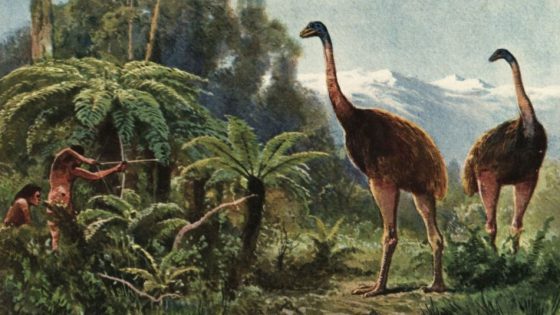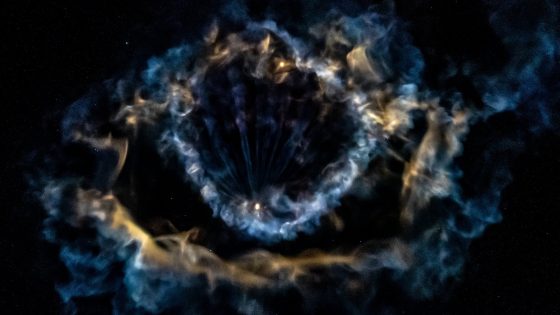A groundbreaking initiative aims to resurrect the South Island giant moa, a flightless bird that vanished from New Zealand around 600 years ago. Colossal Biosciences announced on July 10, 2025, its ambitious plan to use genetic engineering to bring this iconic species back to life within the next decade.
- Colossal Biosciences targets South Island giant moa.
- Genetic engineering aims for de-extinction in 10 years.
- Critics argue it's not true species restoration.
- Moa will be a hybrid, not a true moa.
- Project raises ethical concerns about extinction.
- Research may benefit endangered species preservation.
The giant moa, which stood up to 12 feet tall, is part of a controversial list of “de-extinction” targets by Colossal. While the company claims to be reviving avian dinosaurs, experts warn that the resulting creature may only resemble the moa without truly being one. This raises critical questions about the ethics and feasibility of de-extinction efforts.
This announcement has ignited discussions about the broader implications of de-extinction. Can we truly recreate a species that has been absent from its ecosystem for centuries? The challenges are significant:
- Genetic engineering may not fully restore lost species.
- Critics argue that these efforts distract from conserving endangered species.
- De-extinction could lead to ecological imbalances.
As we navigate this complex landscape of genetic technology and conservation, it’s essential to consider the long-term impacts on our planet’s biodiversity. Will we embrace these innovations responsibly?
































